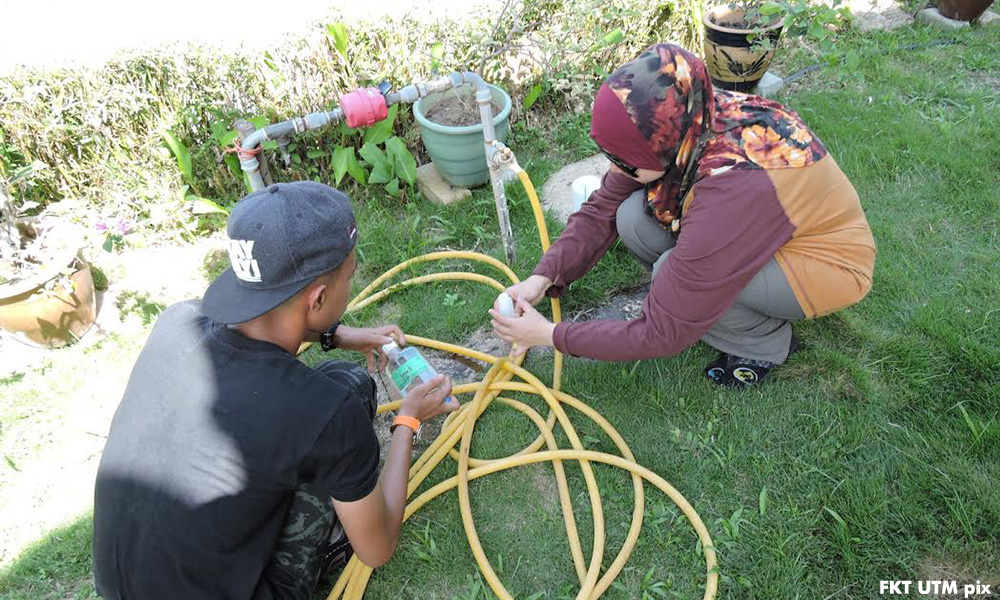Water from water sources near the bauxite mines in Bukit Goh, Pahang should not be used for drinking even after treatment, said water quality professor Maketab Mohamed.
The Universiti Teknologi Malaysia (UTM) academic said this based on Department of Environment (DOE) tests which found high levels of mercury in the waters.
“(The) particular result is shocking,” he said in his report detailing the water quality in the area.
He added that DOE tests show that the raw water of Sungai Riau - which is the source water intake for Bukit Goh - had mercury levels higher than 0.0001 mg/L.
“At 0.0093 mg/L the concentration of mercury is nine times above the recommended level for raw water.
“Such raw water sources should not be used for drinking water source, irrespective of whether the water can be treated or not,” he said.
He noted that the state government’s “nonchalance” on the issue had prompted locals to commission their own tests based on samples taken from local residential areas and raw water sources.
 The tests were conducted by a private and public university laboratory, respectively.
The tests were conducted by a private and public university laboratory, respectively.
While mercury levels were not off the charts in the tests, he acknowleged, the aluminium levels in samples taken from local residences still exceeded Health Ministry standards.
Two water samples from local residences in Felda Bukit Goh showed aluminium leves of 0.29mg/L and 0.25mg/L, thus exceeding the Health Ministry standard of 0.20mg/L.
“There is also near non-compliance at Station 7 (0.19mg/L), a residence at Felda Bukit Sagu,” he pointed out.
Furthermore, aluminium concentrations in samples taken from Sg Kuantan barrage, Sungai Batu/Rong confluence and Sungai Riau were at 0.74 mg/L, 0.78 mg/L and 0.81 mg/L, the former Malaysian Nature Society president said.
Maketab said although aluminium is used in water treatment, the levels do not exceed Health Minisry standards.
“Usually the levels of aluminum in drinking or potable water at other locations in Malaysia without the threat of bauxite or other surface mining in the respective water catchments, do not exceed the level stipulated by the Health Ministry.
Samples taken after two days of no rain
“The above non-compliance is indicating the main problem is storm runoff after rainfall events from the bauxite mining activities in the water catchment upstream is polluting the raw water.
“The prevailing belief around the world is that aluminum is linked to degenerative brain diseases such as Alzheimer’s and Parkinson’s,” he said.
He noted the samples were taken after two days of no rain, and that runoffs from the mines after rainfall could lead to different results.
Maketab warned that high concentrations of heavy metals could over time accumulate in fishes or shellfishes, posing a risk to consumers.
Thus, he called on the government to conduct monthly tests on the water quality at raw water sources and at the consumers’ end.
He also urged for tests to be carried out on the flesh of fish and shellfishes in the freshwater and seawater in the vicinity of Kuantan.
However, the government this week said tests by the Fisheries Department in August and September found no traces of metal contaminants in fish and shellfish in the area.
The state government has announced that it will be clamping down on the many illegal mines, and is getting help from federal agencies in dealing with the environmental issue.
Social media has been awash with pictures of the land covered in red dust, as trucks cart raw bauxite to the Kuantan port.
Many of the mines sit on private land, with their owners reportedly renting out the land to miners for handsome returns.


